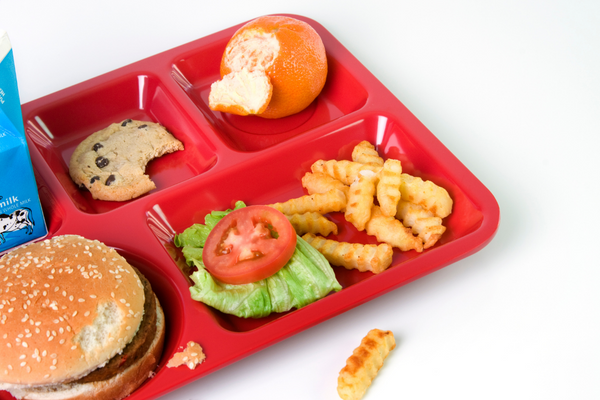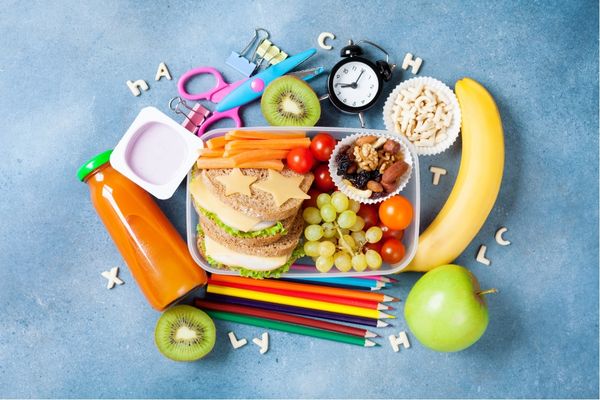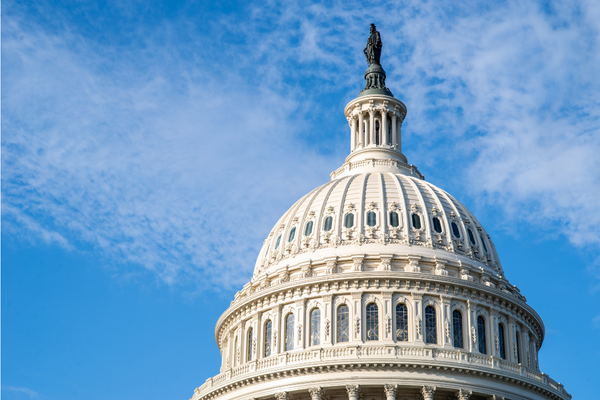
School Nutrition
Guidance, policy updates and actionable resources for schools & districts focused on nutritional standards and access to school meals.
Background
AASA strongly supports the enactment of comprehensive services and programs that encourage children to be healthy.
- Schools will not have to do anything for SY24-25 – everything will remain the same.
- Sodium is far less stringent than the original proposal – there will only be one more reduction.
- Milk and whole grain rules remain the same as now.
- Moving forward states are not required to take fiscal action against districts who are not able to be in compliance due to supply chain disruptions for other issues.
AASA's Position & Priorities
The guiding principles for federal education policy stem from equity and the important role the federal government stands to play in creating equitable learning opportunities for all students. AASA is committed to advocating for better access to school meals and reasonable nutrition standards for students in the public school system.
AASA's priorities are to:
- Support universal school meals on the contingency that such policies do no harm to eligibility for and enrollment in existing federal funding streams serving schools, and fully cover costs associated with the program
- Refrain from increasing the administrative burden related to nutrition eligibility verification
- Ensure that licensing and certification requirements for school nutrition workers are a state responsibility
- Ensure federal school meal reimbursement rates are sufficient to cover the full cost of production
“For years, AASA has been sounding the alarm that when nutrition standards go too far result is meals that students are not willing to consume, undermining the entire purpose of the program – to feed students and ensure they are ready to learn.
David R. Schuler, AASA executive director
Issue Updates
-

June 21, 2022
AASA Joins Letter Asking for Schools to be Added to WH Conference on HungerOn June 21, AASA joined a group of thirty education, nutrition, and disabilities' rights organizations in calling on President Biden to add a sixth pillar to the White House Conference on Hunger, Nutrition and Health to emphasize the critical role schools play in addressing student hunger and nutrition.
-

May 10, 2022
Summer Nutrition Waivers Available for StatesIf you follow this blog, you are well aware of the fact that the U.S. Department of Agriculture’s (USDA) nationwide waiver authority to provide flexibilities to school nutrition programs expires on June 30 without further Congressional action.
-

April 07, 2022
The Advocate April 2022: Child Nutrition WaiversAt the beginning of the pandemic, Congress granted the U.S. Department of Agriculture (USDA) the authority to provide waivers for child nutrition programs to allow critical flexibilities for program operators to continue operations and feed children despite school closures and supply chain challenges.
-

March 31, 2022
AASA Quarterly Federal Policy Update with Sasha PudelskiWe had a blast at yesterday's AASA Quarterly Federal Policy Update with Sasha Pudelski.
Get Involved
Get the most up-to-date information and alerts so you can make your voice heard.
Get the AASA Advocacy App
Additional Resources
U.S. Department of Education Resources
- Public school students eligible for free or reduced-price lunch
- Back to School 2022-2023: HOW TO PRIORITIZE THE HEALTH AND SAFETY OF STUDENTS, SCHOOL PERSONNEL, AND FAMILIES
- Free or Reduced-Price Lunch vs. Direct Certification: Understanding School Lunch Eligibility in the Common Core of Data
- Nutrition Standards for School Meals (Source: USDA)
Resources to Support School Nutrition
- Measuring Student Poverty (Source: Urban Alliance)
- Model Estimates of Poverty in Schools (Source: Urban Alliance)
- Toward a Better Measure (Source: Data Quality Campaign)
- Is Free and Reduced-Price Lunch a Valid Measure of Educational Disadvantage? (Source: Domina, Pharris-Ciuriej, and Sanabria. [2018]. Educational Researcher.)
- Food Insufficiency During COVID-19 (Source: Food & Research Action Center [FRAC])

Superintendent Advocacy at Your Fingertips
Educate. Influence. Impact.
Download the AASA Advocacy App today.
